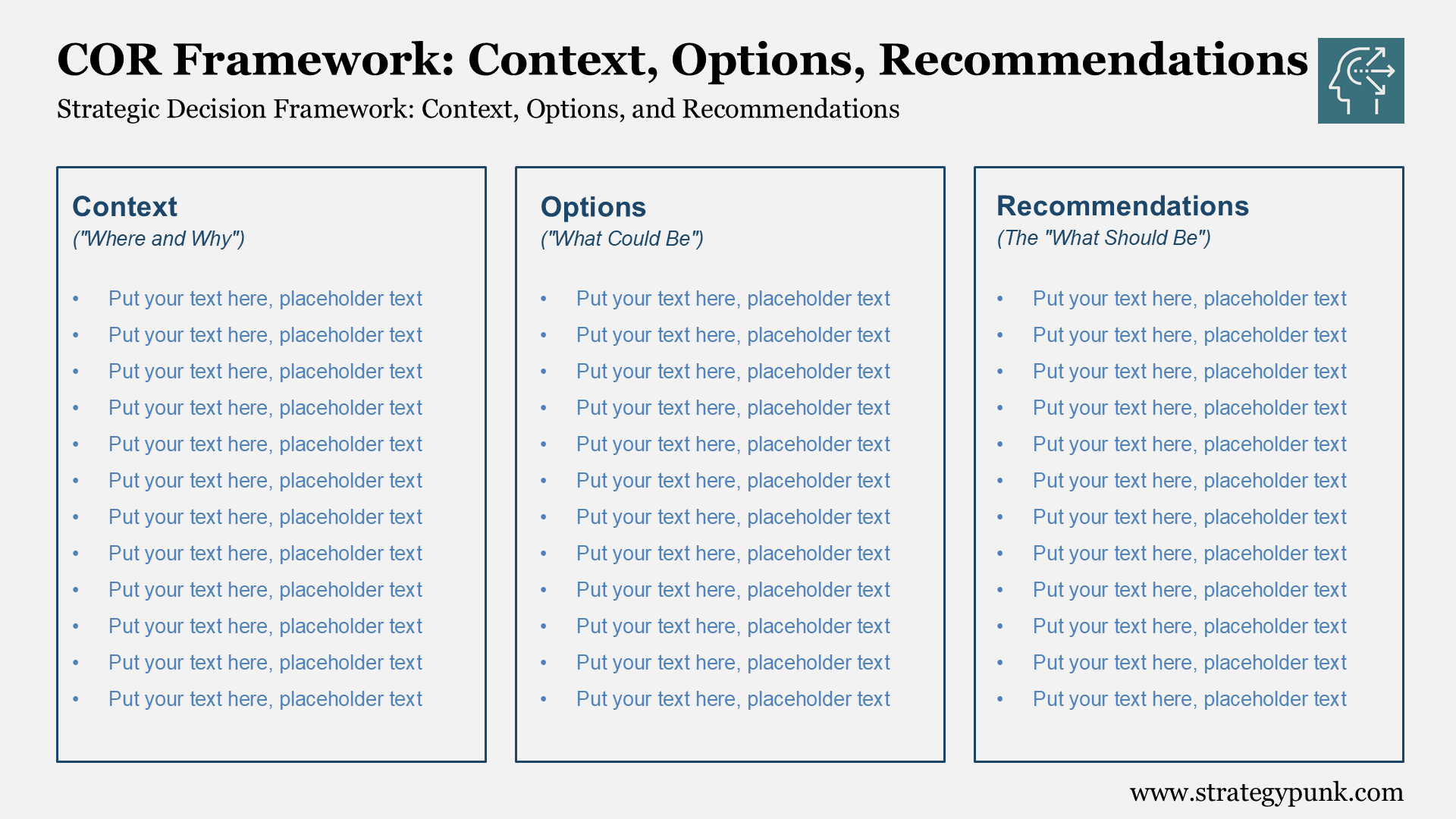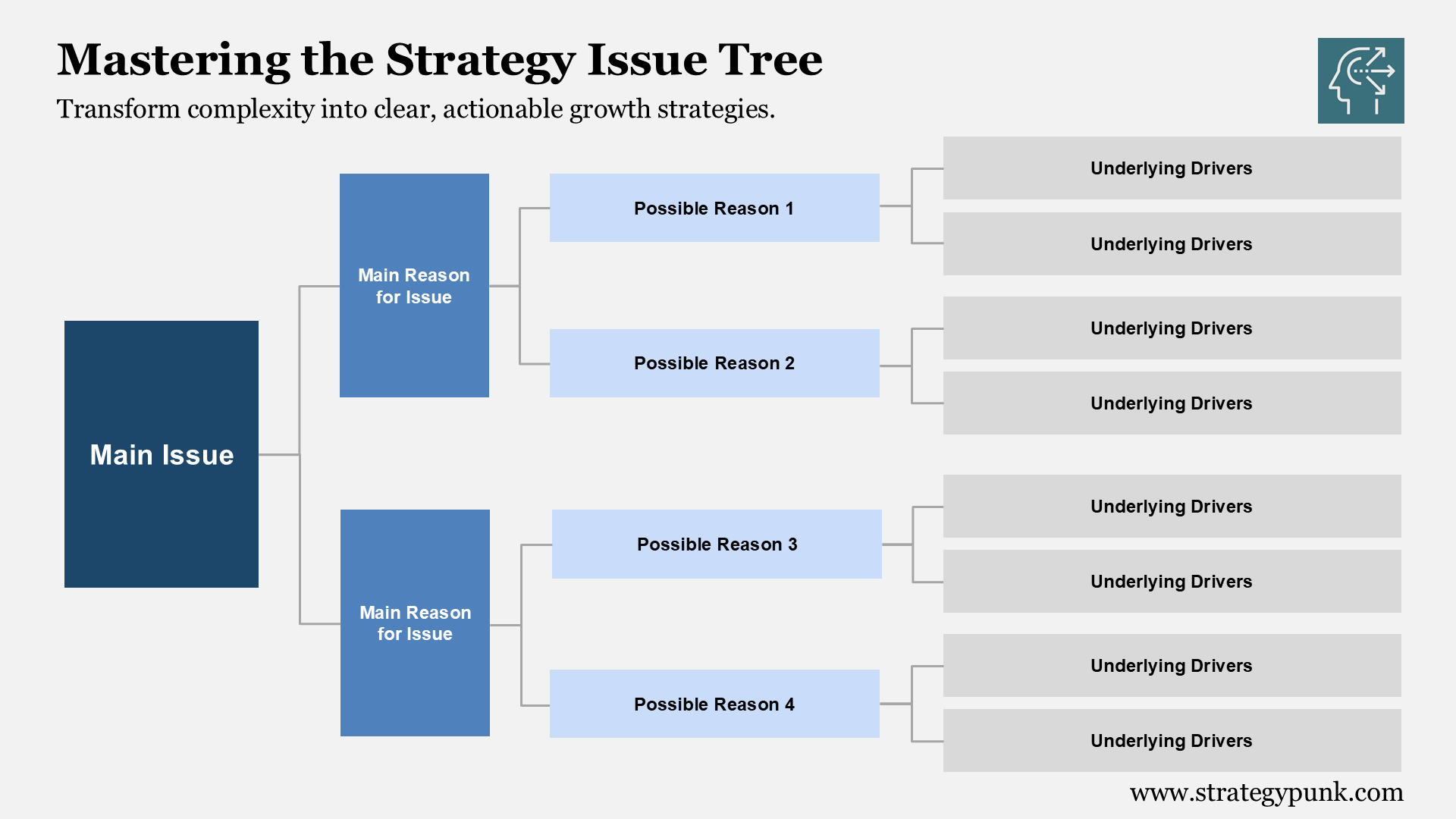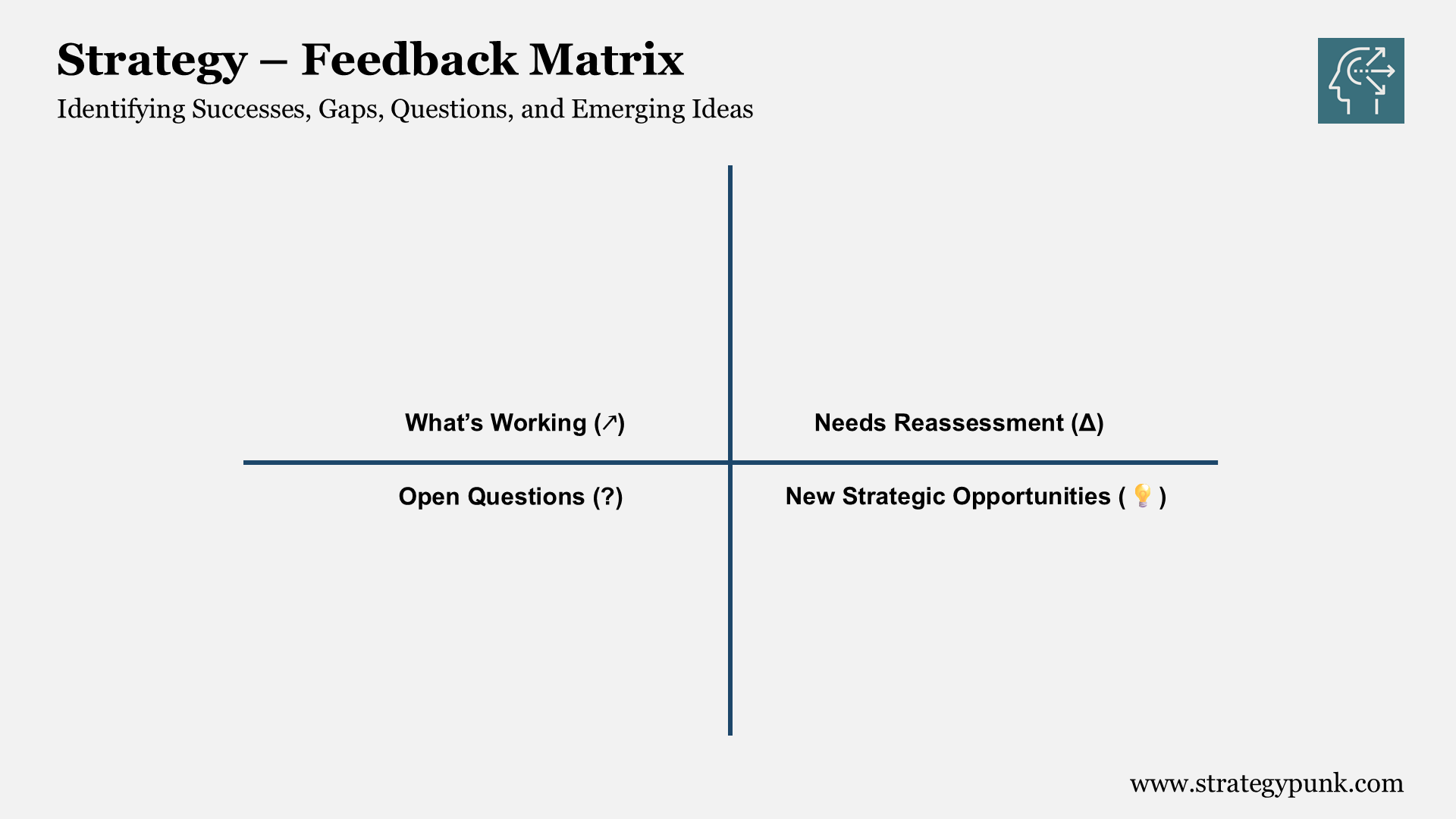Project Management Unlocked: The 11 Golden Rules for Stellar Outcomes in 2024
Explore the 11 Golden Rules for Project Management Success in 2024. Dive into expert strategies for goal alignment, effective team building, and risk management. Enhance your skills with our comprehensive guide and download a free PDF template to achieve stellar project outcomes.

Hey there, fellow project enthusiasts!
Welcome to another deep dive into the world of effective project management.
Today, I'm peeling back the layers of what makes projects tick and explode with success.
So, grab your coffee, and let's unravel these gems together.
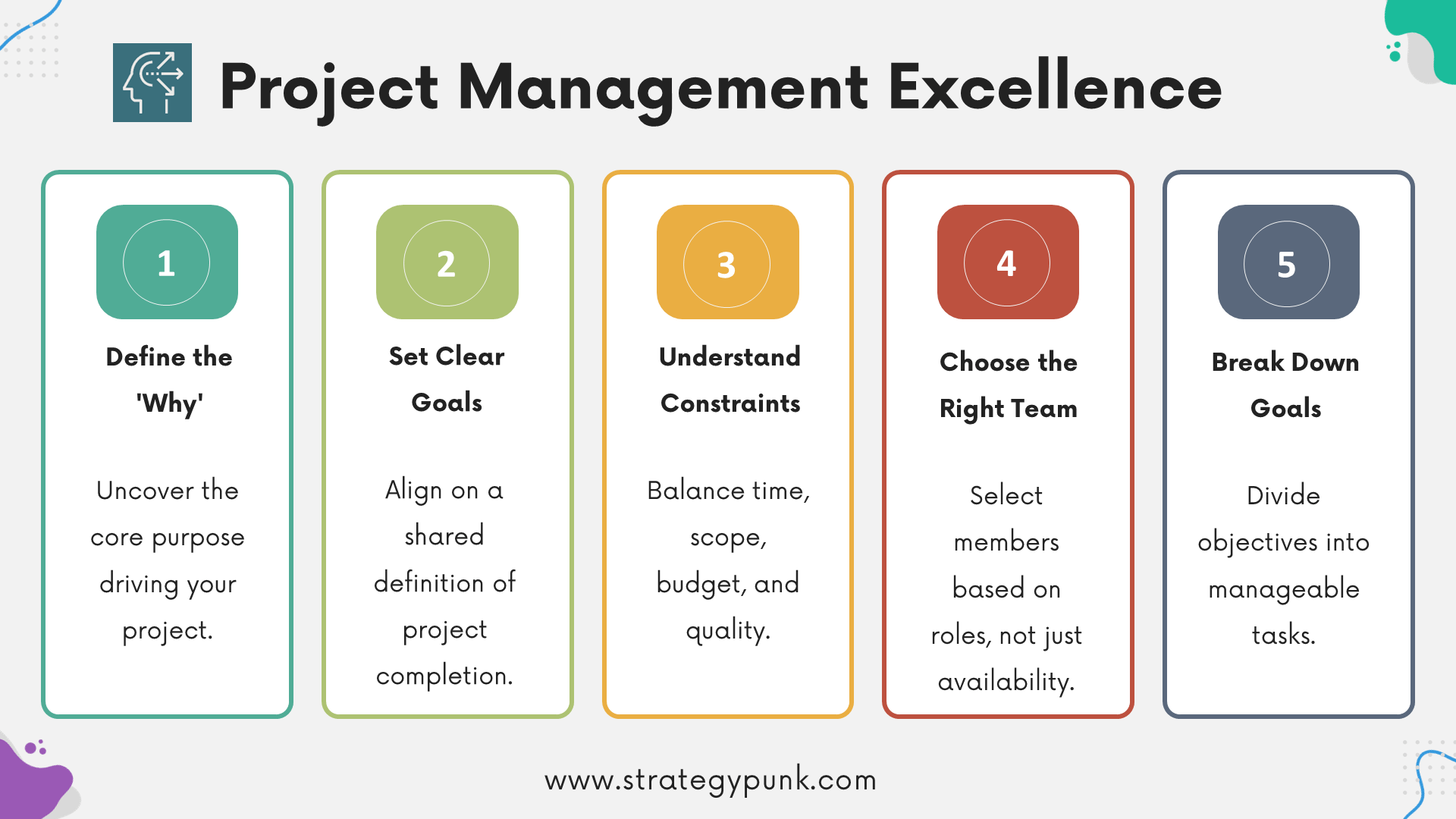
The 'Why' Behind the What
Picture this: You're not just churning out deliverables but crafting value.
The 'why' is your North Star, guiding every decision and fueling motivation. Dig deep, find it, and let it lead the way.
Goals & The Finish Line
Have you ever been in that awkward spot where everyone's on a different page about what 'done' looks like?
Nip that in the bud. Align your stakeholders, sketch out expectations, and set clear success markers. No more "I thought we were doing XYZ" moments.
The Four Pillars: Time, Scope, Budget, Quality
Every project dances within these constraints. Know them, prioritize them, and use them to steer through changes.
It's like having a GPS for your project.
The Dream Team
Here's a truth bomb: Your project is only as good as your team. Think roles, not names.
Build a team that's there to do the job, backed by a decision-making squad. Set expectations, give feedback, and watch the magic happen.
Big Dreams, Tiny Steps
Break down those lofty goals into bite-sized tasks. Embrace the unknowns and focus on solving the main problem.
Remember, you only need some answers, just the right questions.
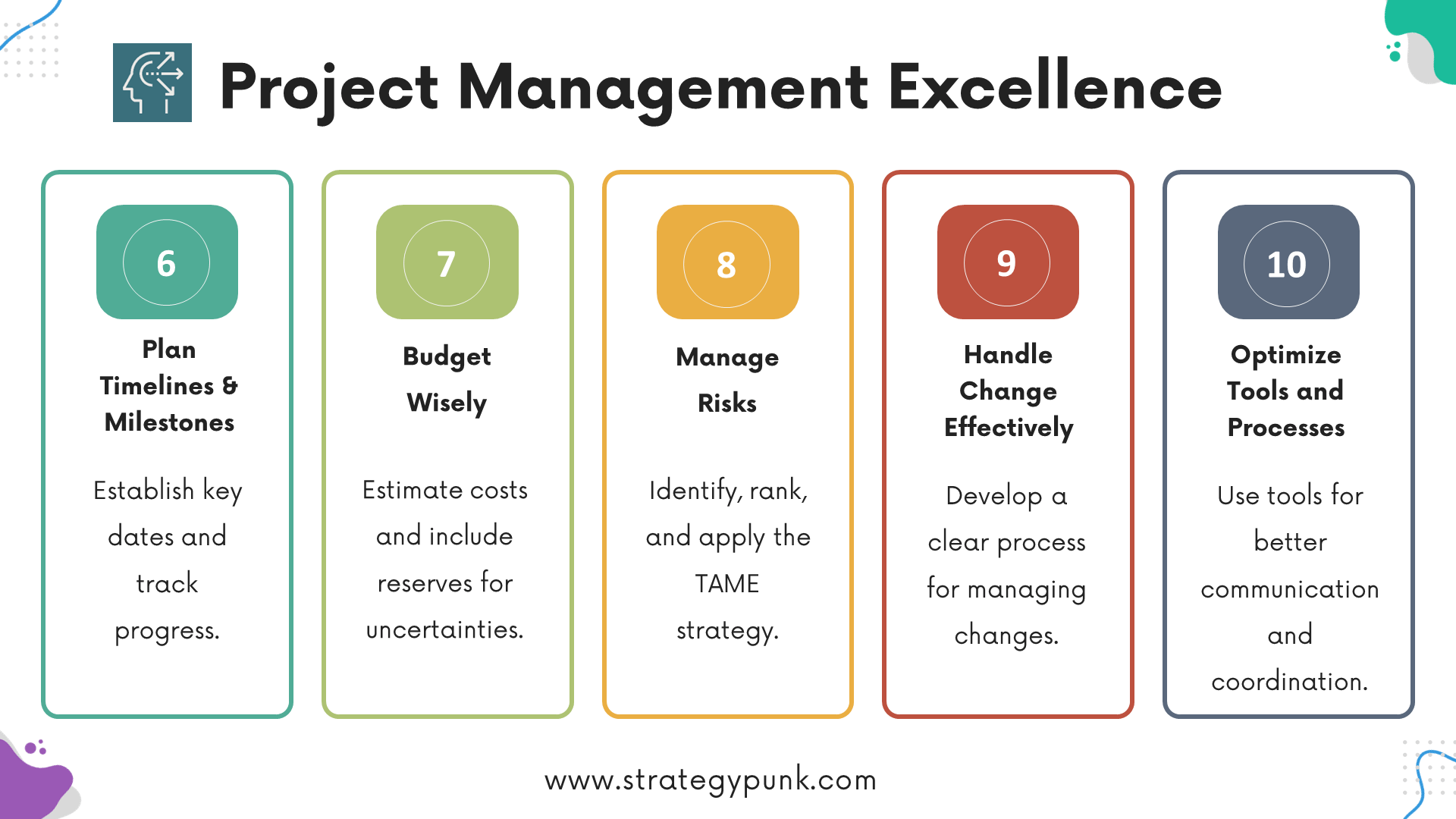
Timelines & Milestones
Whether you're a planner or a winger, dates matter.
Could you create a timeline, break down the tasks, and ensure your client's expectations are in sync? If not, it's time to talk.
Budgets: The Backbone
In the world of modern projects, time is money. Literally. Estimate costs, factor in the extras, and always have a buffer.
Think risk management reserve and a little extra for those just-in-case moments.
Risk Management: Expect the Unexpected
Something will go sideways. It's not a matter of if but when.
Identify risks early, rank them, and tackle them with the TAME approach: Transfer, Accept, Mitigate, Eliminate.
Change: The Only Constant
Change is inevitable, but chaos isn't. Set up a process for handling change, from request to implementation.
Keep it simple, keep it logged, and overcommunicate.
Tools & Processes: Your Secret Weapons
Tools should help, not hinder. They're there for communication, coordination, and documentation.
Find what works for your team and stick to it. And remember, consistency in processes is your friend.
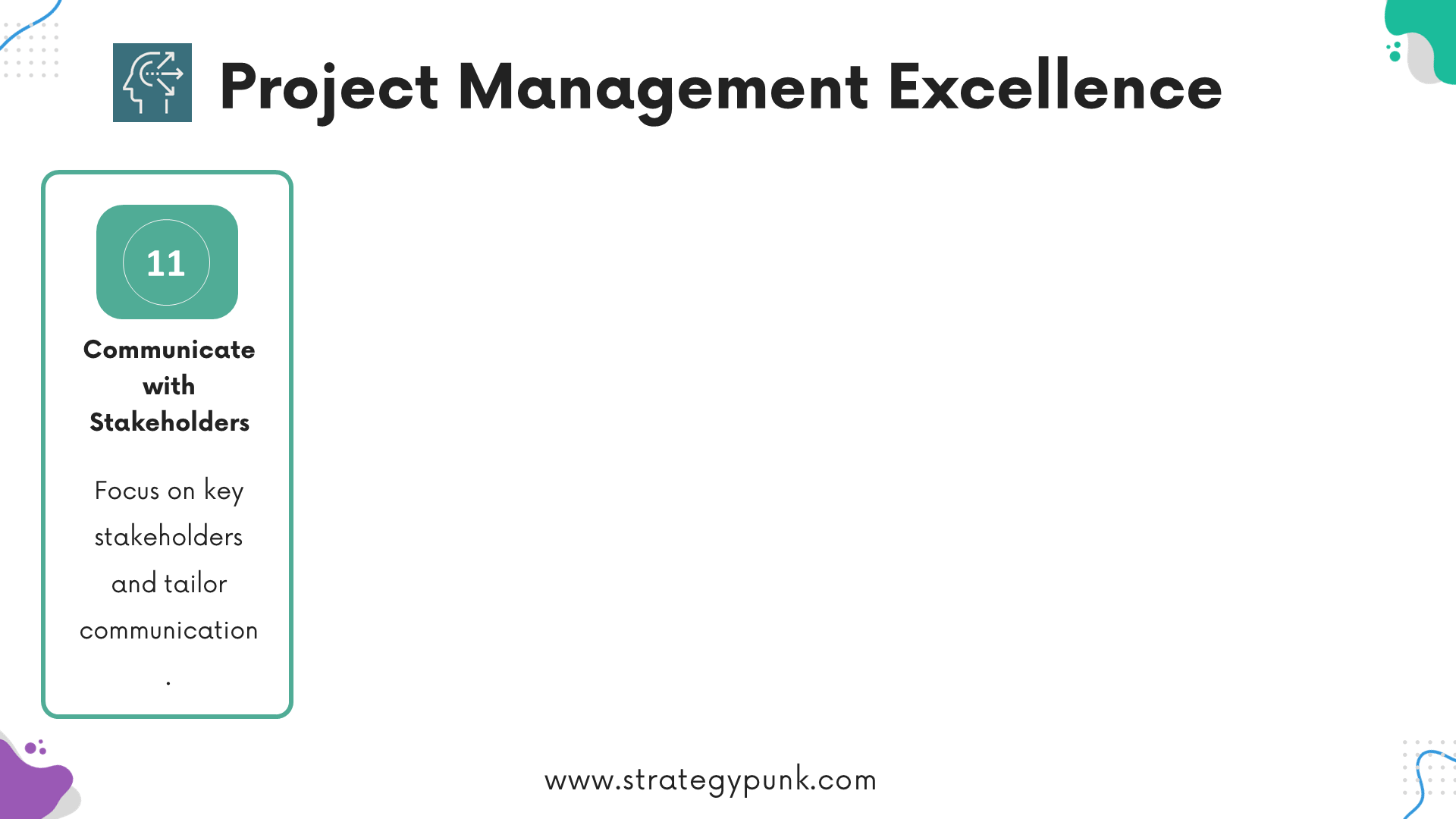
Stakeholder Communication: The Make or Break
Could you identify your stakeholders, understand them, and communicate accordingly?
Apply the 80/20 rule: focus on the top 20% with the most impact. They can make or break your project.
Wrapping Up
And there you have it, folks – the 11 commandments of project management reimagined.
It's not just about managing tasks and timelines; it's about weaving these principles into the very fabric of your project.
Think of it as a masterclass in project management, where strategy, people, and execution come together in a beautiful symphony.
So, lead your next project with these insights in your arsenal, and watch as you meet and exceed expectations.
Here's to projects that don't just deliver but dazzle! 🚀💼
11 Steps to Project Management Excellence PDF Template
11 Steps to Project Management Excellence PDF Template
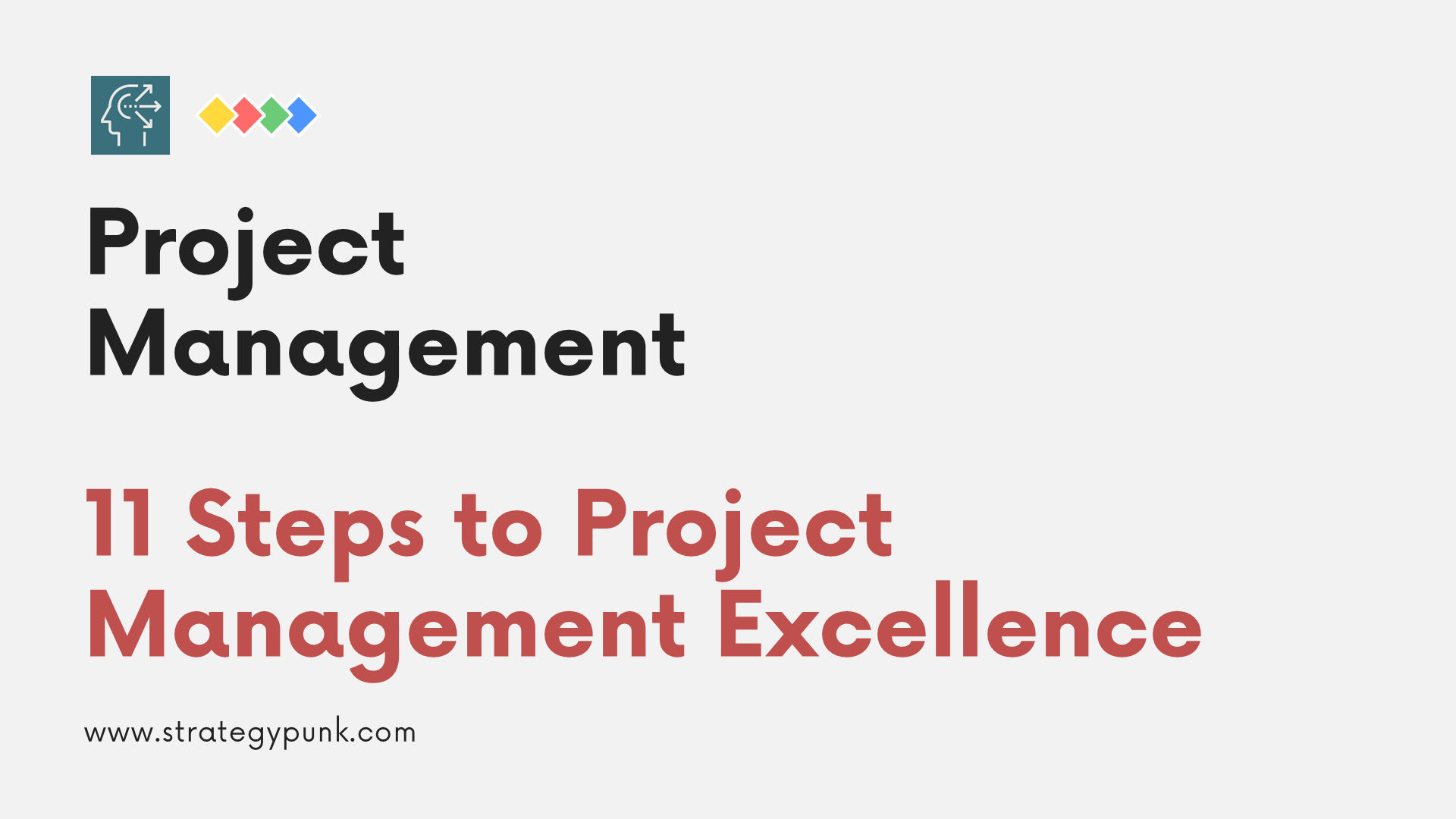



11 Steps to Project Management Excellence PDF Slide Deck
Define the 'Why'
Uncover the core purpose driving your project.
Set Clear Goals
Align on a shared definition of project completion.
Understand Constraints
Balance time, scope, budget, and quality.
Choose the Right Team
Select members based on roles, not just availability.
Break Down Goals
Divide objectives into manageable tasks.
Plan Timelines and Milestones
Establish key dates and track progress.
Budget Wisely
Estimate costs and include reserves for uncertainties.
Manage Risks
Identify, rank, and apply the TAME strategy.
Handle Change Effectively
Develop a transparent process for managing changes.
Optimize Tools and Processes
Use tools for better communication and coordination.
Communicate with Stakeholders
Focus on c stakeholders and tailor communication.
Project Management Unlocked: The 11 Golden Rules for Stellar Outcomes in 2024 -> PDF Template
Frequently Asked Questions
What key things should be defined early on in a project to set it up for success?
Some key things to define early on are the project's purpose and goals, scope, timeline, budget, roles and responsibilities, communication plans, and success criteria. Outlining these elements aligns stakeholders and establishes clear expectations from the start.
How can you break down large project goals into more manageable pieces?
Use techniques like Work Breakdown Structures (WBS) to break goals into smaller deliverables and tasks. This makes significant objectives more digestible and helps plan timelines and assign responsibilities.
Why is it important to budget wisely and have contingencies for a project?
Careful budgeting provides the financial backbone for project execution. Building contingencies for unexpected events through reserves helps manage risk and account for those inevitable project changes.
What should a project manager do if the project goes off track?
First, analyze why the project went off track by looking at variances in schedule, budget, scope, etc. Then, assess the impact and options to get back on track. Finally, have open conversations with stakeholders and implement mitigation plans.
How does setting clear success criteria help with project delivery?
Defined success metrics align stakeholders on what “done” looks like. This facilitates decision-making throughout execution and allows the team to assess progress vs. goals objectively during reviews.
Why is communication with stakeholders important?
Ongoing communication ensures transparency, manages expectations and allows for stakeholder input. Lack of communication is a leading cause of project failures and dissatisfied clients.
What project management tools can help coordinate teamwork?
Online tools like Asana, Trello, and Jira facilitate task management, collaboration, and transparency across functional teams. They improve coordination and visibility.
How should project risks be managed?
Identify risks upfront and rank them by likelihood and impact. Prepare mitigation plans using the TAME approach of transferring, accepting, mitigating, or eliminating risks.
Why build time and cost buffers into project plans?
Buffers account for uncertainties and provide flexibility to handle unexpected events. They help offset potential overruns and keep projects on track.
How can you ensure stakeholder satisfaction despite changes?
Follow change control processes that outline impact analysis, approvals, implementation plans, and communication. This maintains organized change handling amidst shifting demands.
Discover more
Clickworthy Resources
Master the 7-Step Problem-Solving Process for Better Decision-Making.
Discover the powerful 7-Step Problem-Solving Process to i outcomes. Master the art of problem-solving in this comprehensive guide. Download the Free PowerPoint and PDF Template.
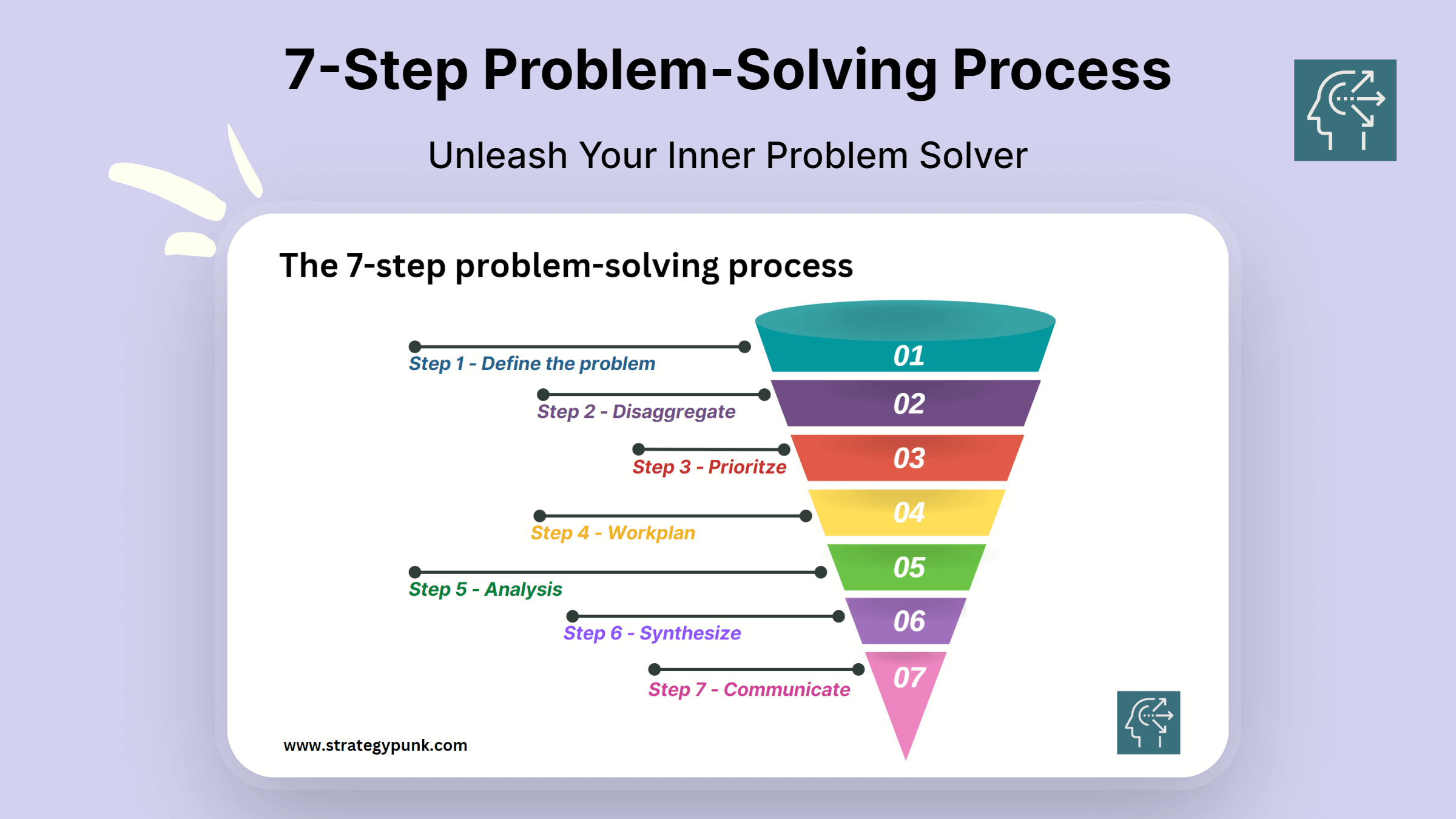
Supercharge Your Stakeholder Communications with the RPM Status Update Framework!
Discover the RPM Status Update Framework for effective stakeholder communication! Boost engagement with Reflect, Present, and Map steps. Download a FREE template!
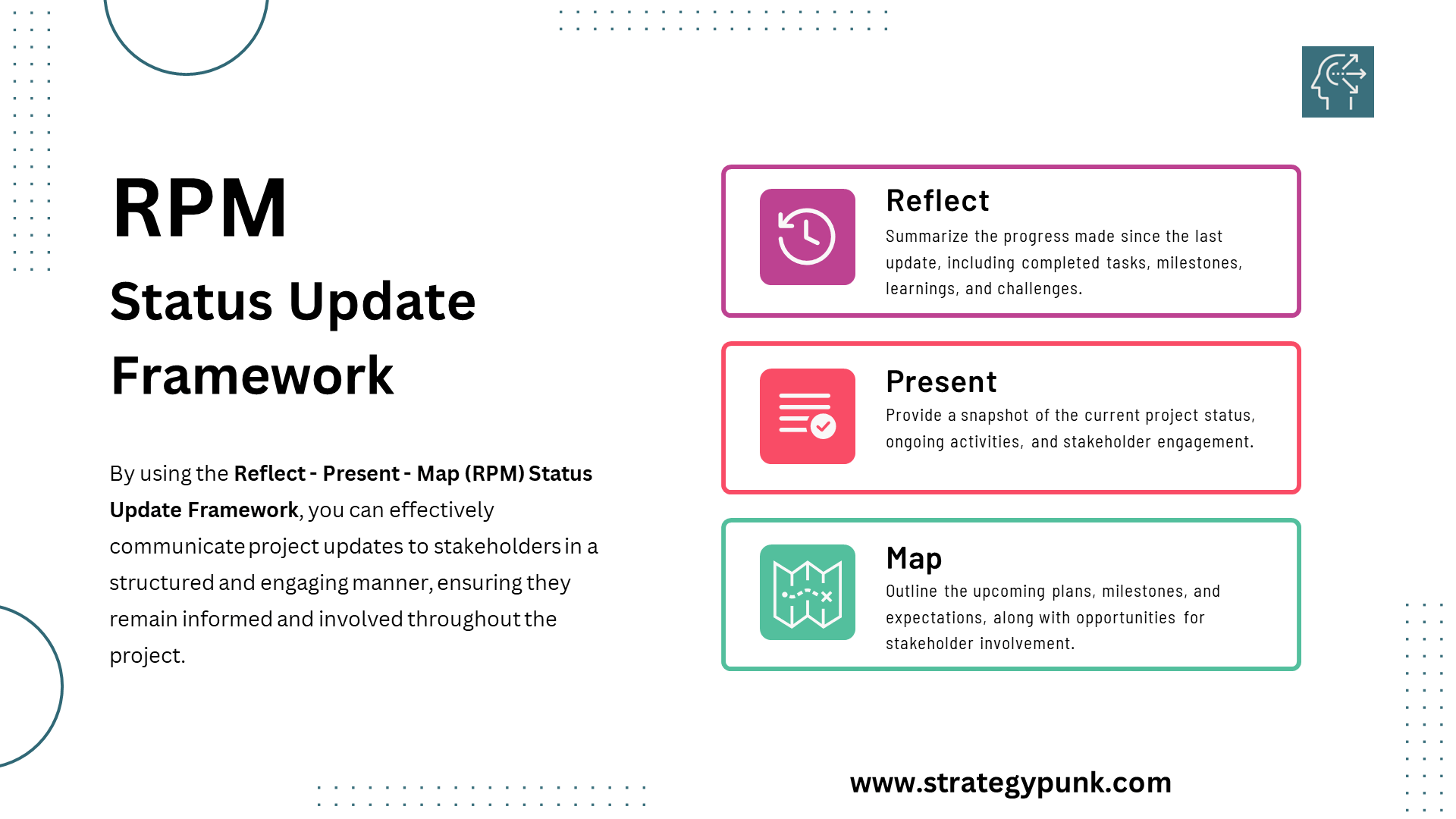
Learn The Truth About the Impact Effort Matrix In 60 Seconds (Free Guide & Template)
Learn The Truth About the Impact Effort Matrix In 60 Seconds (Free Guide & Template). The Impact Effort Matrix is a decision-making tool that evaluates the importance of any endeavor by impact and effort. Free PowerPoint, Google Slides, and PDF Template.




